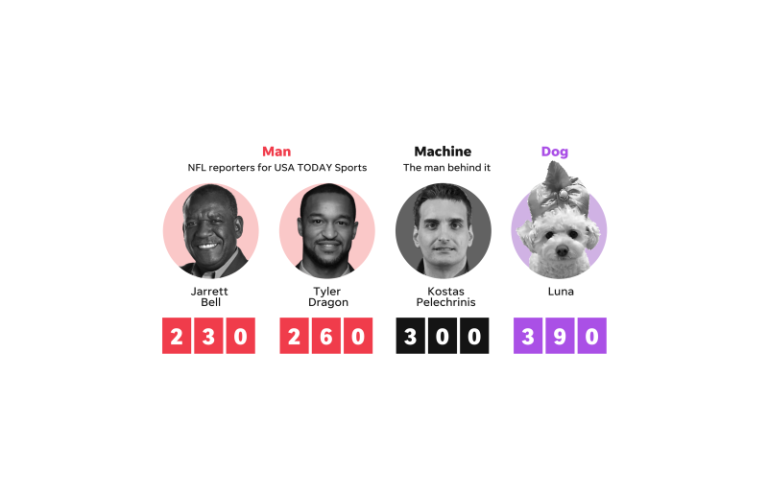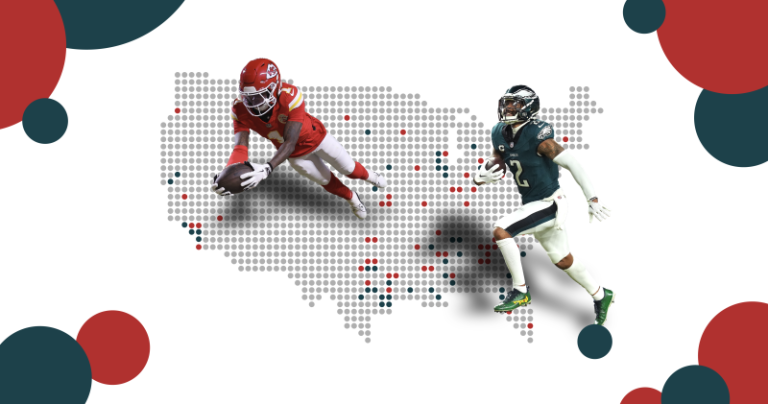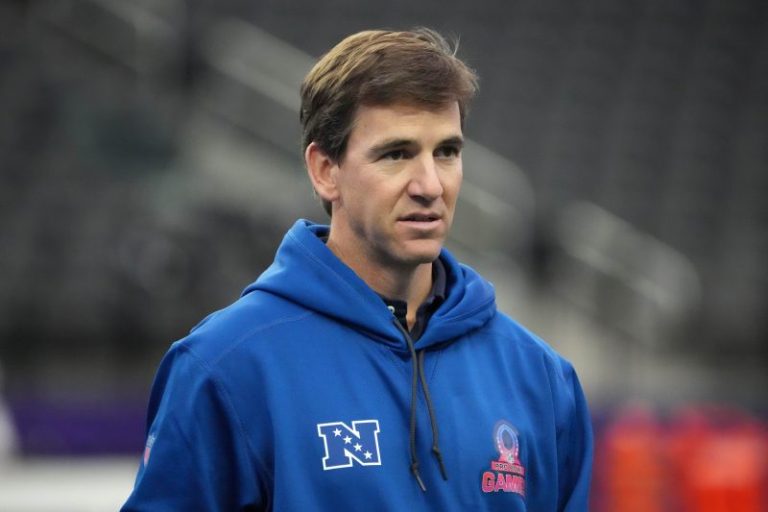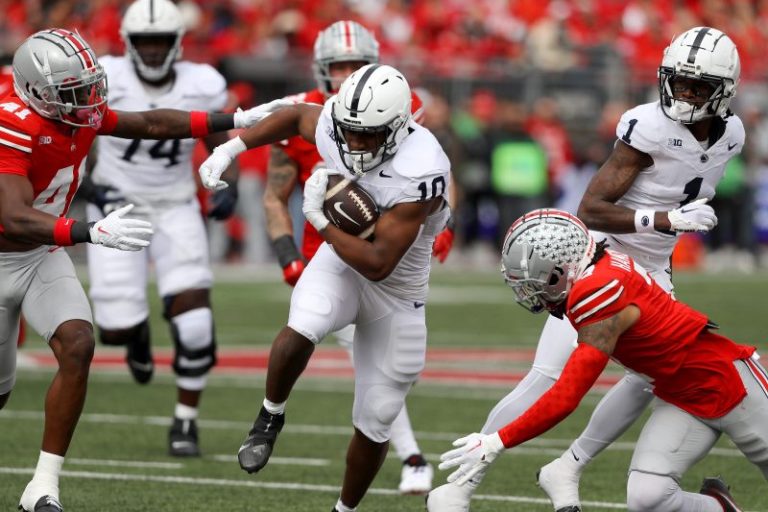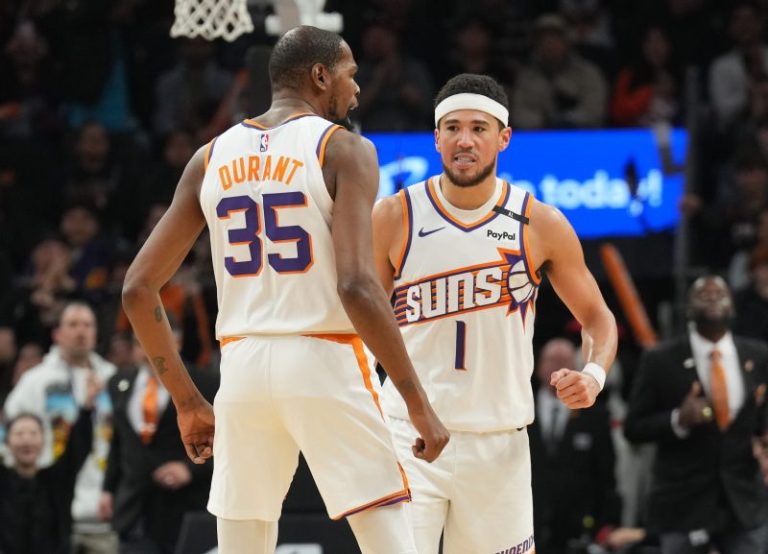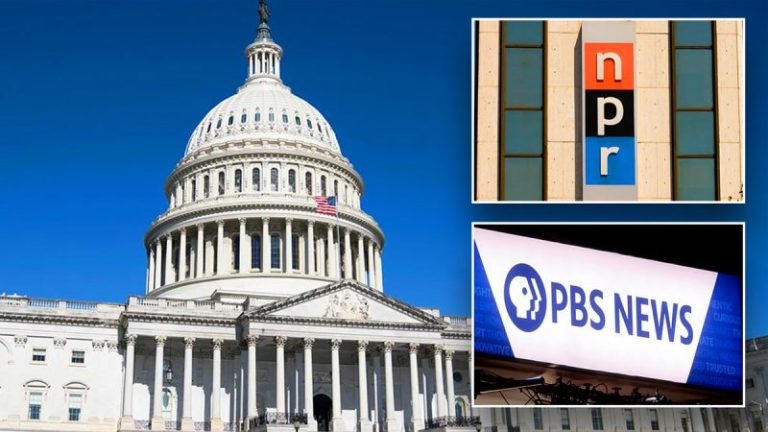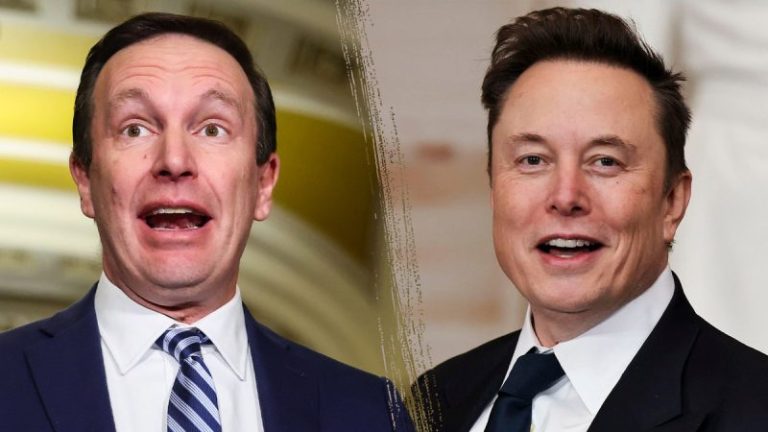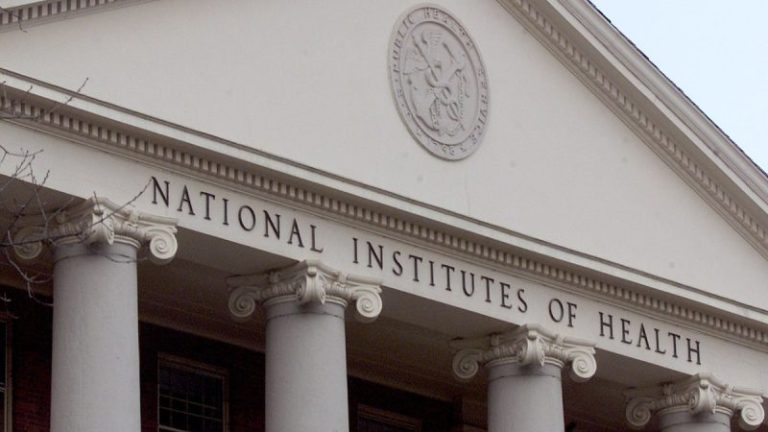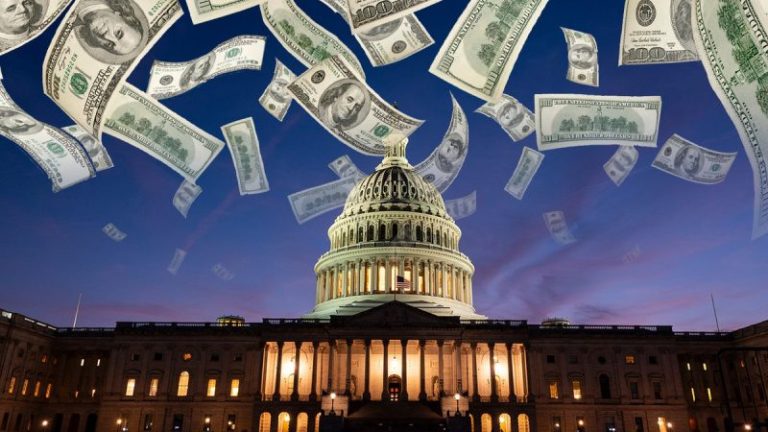NEW ORLEANS – Kareem Hunt may be gearing up to play in the Super Bowl for the first time, but it wasn’t too long ago that the Kansas City Chiefs running back thought the chance at this particular milestone had passed him by.
“Honestly, I’m grateful to have a second chance,” Hunt, 29, said this week as he reflected on his winding journey to Super Bowl 59.
His first chance with the Chiefs ended in disaster in 2018, a day after TMZ released the video from an offseason incident at a Cleveland hotel that captured Hunt shoving a woman into a wall and kicking her.
When the Chiefs cut him, they contended that he lied about what transpired. It didn’t matter that he led the NFL in rushing and made the Pro Bowl as a rookie.
Now he’s back in the mix as a vital cog for a championship chase.
NFL STATS CENTRAL: The latest NFL scores, schedules, odds, stats and more.
“I learned a lot,” Hunt said of the incident. “I learned to think before you react. Don’t go off emotion. It kind of humbled me a little bit. I feel like I was at the top of my game and everything. I learned at everybody don’t have your best interest in life. You’ve got to be careful of who you’re around.”
Hunt never faced criminal charges because the woman who was battered in the incident refused to cooperate with authorities. But after signing with the Cleveland Browns, he was suspended by the NFL for the first eight games of the 2019 season for violating the league’s personal conduct policy.
He spent five seasons with the Browns, yet never came close to having the impact and production that he demonstrated as a rookie, when he rushed for 1,327 yards. And his Browns tenure was stained by another off-the-field encounter when he was pulled over in January 2020 – just days before the Chiefs were to defeat the San Francisco 49ers in Super Bowl 54 – and ticketed for speeding after also saying he would fail a drug test.
A dashcam video of the traffic stop in Rocky River, Ohio, captured Hunt pitifully telling a police officer that he has already “lost everything” and that he “should be playing for a freakin’ Super Bowl, man. It hurts my soul like you wouldn’t understand.”
Hunt broke into the league in 2017 as a third-round pick from Toledo, part of the Chiefs draft class that was headed by transformational star quarterback Patrick Mahomes. Had he stayed healthy – and on the trajectory that he demonstrated as a rookie – he might be playing for his fourth Super Bowl ring.
But that course in his career trek was caused by his own doing after the altercation with the woman spun out of control. The footage, captured by cameras in an elevator lobby, was eerily reminiscent of the Ray Rice video from 2014 that cost the Baltimore Ravens running back his career and prompted the NFL to take a harsher stance against domestic violence. That’s why when the Chiefs immediately released Hunt, they were widely applauded.
“It changed me, because I was at the top,” Hunt said of the incident. “Everything was going good, just to get knocked back down to the bottom where it all started. You’ve got to find a way to build it back up. So, I just had to stay down. I knew it wasn’t going to be an overnight thing. I just had to believe in myself and do the right thing.”
That Andy Reid would offer Hunt another chance with the team isn’t surprising when considering the head coach’s track record. Reid has a history of giving second chances, most famously during his tenure as Philadelphia Eagles coach when he provided Michael Vick an opportunity to resume his career after he served 18 months for his role in a dogfighting venture.
Even after Hunt was released by the Chiefs, he said that Reid occasionally checked on him. A day after the AFC title game, Reid said that he sensed that Hunt was maturing during a conversation at Mahomes’ wedding in 2022.
“It was great,” Hunt recalled of that visit with Reid. “I hadn’t seen him since 2018. So, just getting to talk to him, catch up, he was just seeing how I was doing as a person. It was great.
“He was just looking at me, saying, ‘Maybe we’ll find a way to steal you back.’ That was like three or four years ago. And we’re here now.”
Still, for as much benevolence that Reid extends, Hunt’s presence this week also reflects the realities of basic NFL business. Hunt, who didn’t participate in any team’s offseason program or attend training camp before the season, was signed by the Chiefs as an emergency measure after starting running back Isiah Pacheco suffered a fractured ankle in Week 2.
Yes, talent still affords more opportunities. And Hunt has made the most of this one. In 13 games, he led the Chiefs for the season with 728 yards on 200 carries – the most rushing attempts he has logged in a season since his rookie year. In his second game back, he produced his first 100-yard game in four years.
Hunt has also been splendid in short-yardage situations with his determined running.
“He did a nice job,” Reid said. “I joked that we just pulled him off the couch and threw him in there. He had 21 plays the first game, 27 (rushes) the next game. We kind of beat him up there, without any introduction. He handled it well.”
Said Hunt: “It is the truth. I was going to the high school, working out. Going to the YMCA (for) some sauna and stretching and all that. I was just trying to stay in shape. I didn’t know if the opportunity would come or not. When I got that call, I was excited. And I told him, ‘You won’t regret it.’ ”
It’s striking to flash back to another time in Hunt’s journey, when Reid gave him another chance to redeem himself. On Hunt’s first NFL carry, in the season opener at New England, he fumbled, recovered by Patriots defensive back Devin McCourty.
“I thought my career was done,” Hunt said, exaggerating a bit. “I was like, ‘Man, I’m a bust. It’s over with.’ ”
He said Reid immediately came over to him on the sideline.
“He was like, ‘Relax, man. When we get this ball back, we’re giving it right back to you.’ That was another second chance right there.”
Or another type of second chance. Hunt wound up with a monster NFL debut, rushing for 147 yards and a touchdown, plus adding 98 receiving yards and two touchdowns.
And to this point, he has never lost a fumble since his first NFL carry.
Yet an even better comeback is reflected with the maturity gained from hard lessons.
Follow Jarrett Bell on social media @JarrettBell


